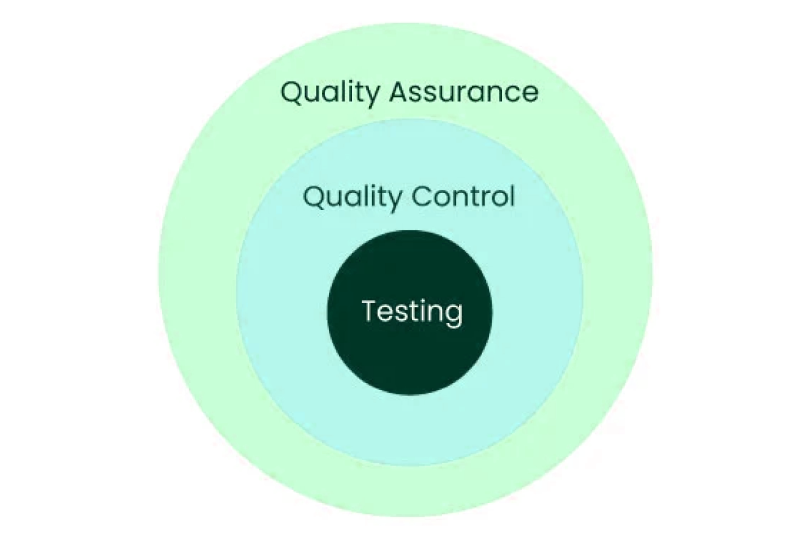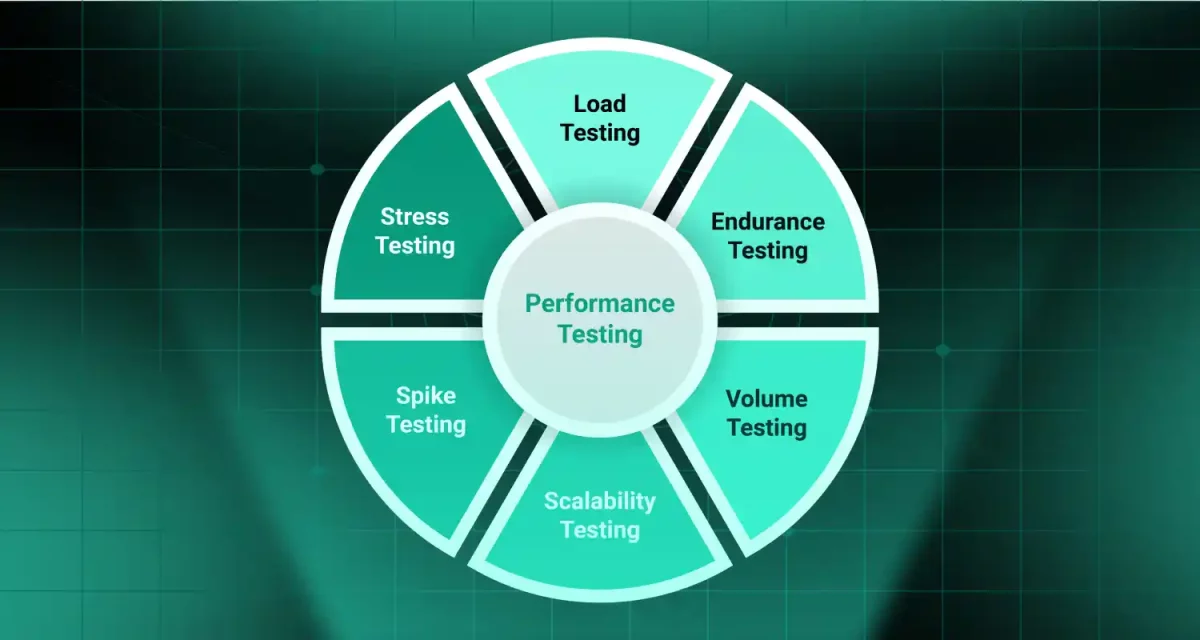
High-quality software is essential in today’s world. From apps on your phone to websites you use, people expect software to work smoothly and reliably. Two key processes help make this happen: software testing and quality assurance (QA). While they both aim to deliver great software, they are not the same. Many people mix them up, but each has a unique role in building software that users love.
Software testing is about finding and fixing problems with the software, like bugs that cause crashes. Quality assurance, on the other hand, is about setting up processes to prevent those problems from happening in the first place. Together, they ensure software is dependable and meets user needs.
This article will explain the differences between software testing and QA in a clear and simple way. Whether you’re a developer, a project manager, or just curious about software development, you’ll learn how these processes work and why they matter.
1. What is software testing?
Software testing is the process of checking software to find and fix bugs or errors. Its main goal is to make sure the software works correctly and meets user needs. Testers run the software, try different actions, and check if it behaves as expected.

1.1 Type of testing
- Unit testing: tests small pieces of code, like a single feature
- Integration testing: checks if different parts of the software work together
- System testing: tests the whole software as one complete product
- Acceptance testing: verifies the software meets user or client expectations
1.2 Tools used
Testers use tools to make testing faster and easier.
- Selenium: automated testing for web apps
- Postman: tests API to ensure they work correctly
- Apache Jmeter: checks how software performs under heavy use
- Testrail: helps organize and track test plans and result
1.3 Role in development
Testing happens mostly during and after coding in the software development lifecycle (SDLC). Testers create test cases, run them and report bugs to developers for fixes. It’s a hands-on process to catch problems before the software goes live.
2. What is quality assurance (QA)?
Quality assurance (QA) is the process of ensuring software is built correctly from the start. Unlike testing, which focuses on finding bugs, QA aims to prevent problems by improving how software is developed. It’s about creating reliable processes to deliver high-quality software.

2.1 QA processes and methodologies
QA involves planning and monitoring the entire software development lifecycle (SDLC):
- Requirement analysis: ensures project goals are clear and achievable
- Process audits: checks if the team follows best practice
- Documentation: creates guidelines for consistent development
- Training: educates teams on quality standards and tools
QA often uses methodologies like Agile or DevOps to promote teamwork and continuous improvement.
2.2 Focus on defect prevention
QA looks at the big picture to stop problems before they start. For example:
- Reviewing code early to catch mistakes.
- Setting up clear coding standards.
- Using tools like JIRA to track progress and issues.
2.3 Standards and certifications
QA teams follow industry standards to ensure quality:
- ISO 9001: a global standard for quality management.
- ISTQB Certification: a qualification for QA and testing professionals. These standards help teams build trust and deliver reliable software.
2.4 Role in development
Qa starts early in SDLC, even before coding begins. It guides the entire project by setting quality goals, monitoring progress, and ensuring the team follows best practices. QA professionals work closely with developers, testers and managers to keep quality first.
3. Key differences between software testing and QA
Understanding the difference between software testing and QA is crucial for delivering high-quality software. while both software testing vs. Quality assurance aims to ensure a reliable product they have distinct roles in the software development lifecycle (SDLC). Here’s a clear breakdown of how QA vs. software testing differs in scope, timing, roles, and outcomes, helping teams optimize their processes.

3.1 Scope and focus
- Software testing: Centers on the product itself. It involves checking the software to find bugs, verifying features work correctly, and ensuring it meets user needs. The role of software testing in the QA process is to catch issues in code or functionality, making it a hands-on task.
- QA: Focusses on the process of creating software. Quality assurance sets standards and guidelines to prevent issues before they arise. It ensures the development process is efficient, consistent, and aligned with quality goals, addressing what is the difference between software testing and quality assurance at a broader level.
3.2 Timing in the SDLC
- Software Testing: Takes place primarily during and after coding. Testers begin once parts of the software are built, running tests like unit or system tests, and continue until the product is ready for release. This answers how QA and testing work together in SDLC by showing testing as a key phase.
- QA: Starts before coding and spans the entire SDLC. From defining requirements to monitoring development and evaluating results, QA ensures quality at every step, highlighting its proactive role in the software testing vs. quality assurance comparison.
3.3 Roles and Responsibilities
- Software Testing: Carried out by testers or quality engineers who create and run test cases, report bugs, and verify fixes. Testers collaborate with developers to ensure the software performs as expected, focusing on the importance of software testing in the QA process.
- QA: Managed by QA professionals who design processes, set quality standards, and perform audits. They guide the team to follow best practices, working with developers, testers, and managers to maintain quality throughout, a key aspect of the role of QA in software development.
3.4 Outcome and Deliverables
- Software Testing: Produces bug reports, test results, and confirmation that the software is ready for users. Its goal is a product free of major defects, directly addressing the difference between software testing and QA in terms of tangible outputs.
- QA: Delivers improved processes, quality guidelines, and documentation. The result is a reliable development process that minimizes errors and boosts overall software quality, emphasizing how QA and testing work together in SDLC for better outcomes.
4. Conclusion
The difference between software testing and QA is clear: testing focuses on finding and fixing bugs in the software, while quality assurance ensures the development process prevents those bugs from occurring. Both are vital in software testing vs. quality assurance equation, working together to deliver reliable, user-friendly software. Testing catches issues in the code, ensuring functionality, while QA sets standards to make the entire software development lifecycle (SDLC) more efficient and consistent.
Understanding QA vs. software testing helps teams assign the right roles, use the best tools, and follow effective processes. For example, testers might use Selenium or Postman to verify features, while QA professionals implement quality assurance processes like ISO standards or Agile methodologies to guide development. Together, they ensure software meets user expectations and industry benchmarks.
To achieve top-notch software, embrace both software testing and quality assurance. Start by defining clear requirements, use tools like JIRA for collaboration, and invest in training for ISTQB certification or other standards. By combining the importance of software testing in the QA process with a strong QA framework, you’ll build products that stand out. Take action today, review your processes, align your team, and prioritize quality at every step.




